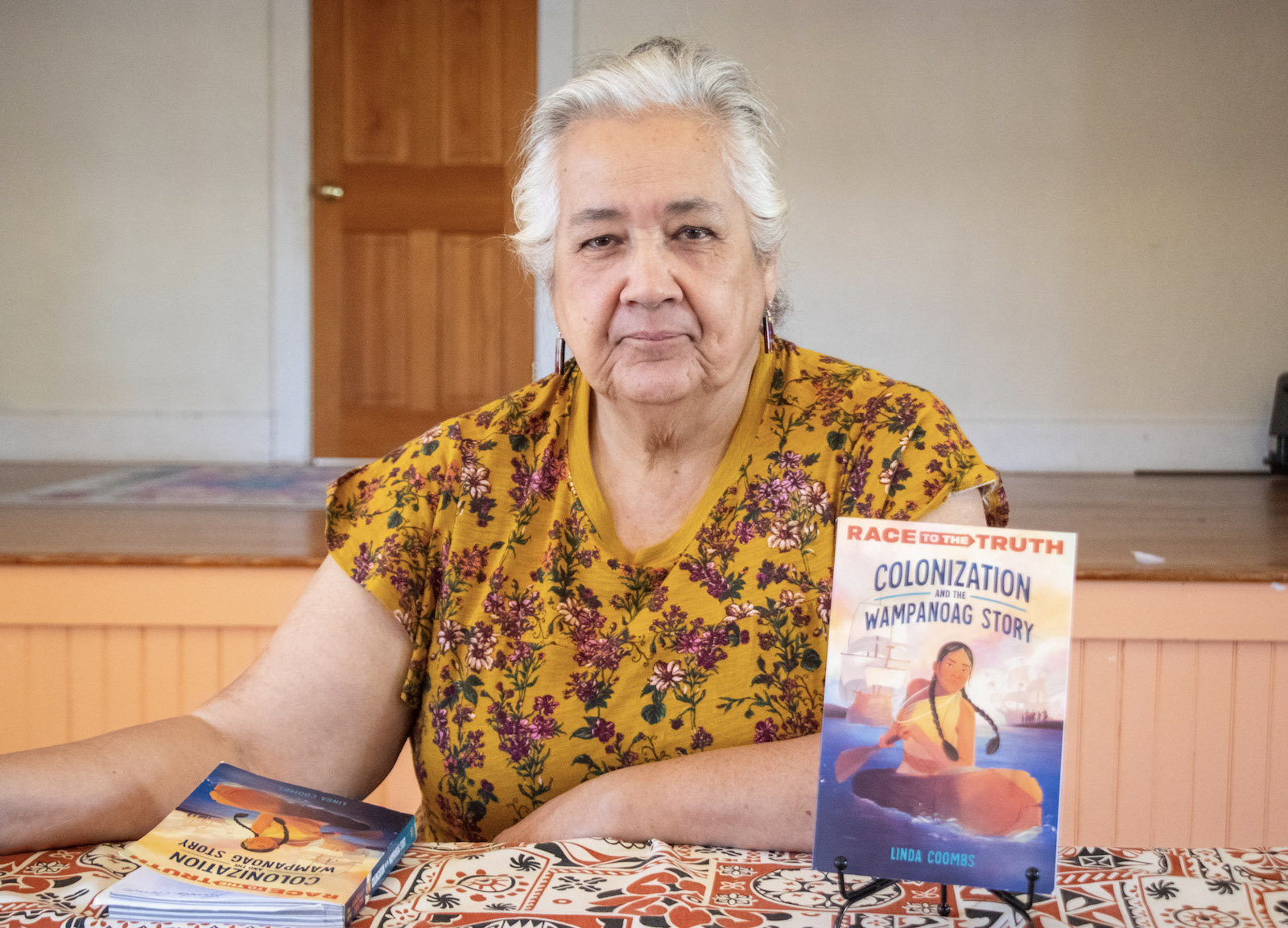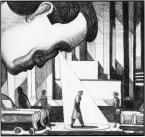In just two minutes of conversation, Linda Coombs can determine how much a person knows about history. A historian and Wampanoag tribal elder, Ms. Coombs said she developed this skill through her decades-long career in museums.
Ms. Coombs worked in the Wampanoag Indigenous Program at Plimoth Patuxet Museums, formerly Plimoth Plantation, for 30 years. She has also worked for the Boston Children’s Museum and the Aquinnah Cultural Center.
“When I was first at [Plimoth Patuxet Museums], you’re getting people from all over the country, all over the world. Their level of knowledge or understanding about Native Americans runs the gamut,” she said. “I let their lack of knowledge be my teacher. Over the years, it was extremely helpful to take that attitude.”
The ability to meet people where they are was a key factor in how Ms. Coombs approached writing her latest book, Colonization and the Wampanoag Story, which was published last September by Crown Books for Young Readers.
On Monday, Ms. Coombs spoke about her book and her career at Aquinnah town hall.
Colonization and the Wampanoag Story is aimed towards middle grade readers and is part of the Race to the Truth series, a collection of books that focus on the history of underrepresented communities in the country. Ms. Coombs was first asked to write for the series in 2021.
“They said they wanted me to write a book on racism against the Native American people,” Ms. Coombs told the crowd. “I said that’s a very broad scope....Through our conversation, they said, well, write about what you know.”
Ms. Coombs begins the book with descriptions of Wampanoag culture, highlighting how integral the relationship to the land was to every aspect of life. It includes descriptions of how cedar was harvested and deer were hunted in ways that respected and nurtured the environment. This section of the book precedes the later chapters on colonization.
“I feel that if people have even a little bit of insight into what our traditional culture was, the better they could understand the impact of colonization,” Ms. Coombs said. “I think of [colonization] as a many headed hydra....It is a multi-faceted collection of systems. It’s ongoing.”
The portion of the book on colonization starts with the Doctrine of Discovery, a series of decrees made by the Catholic Church in the 1400s that authorized the seizure of land, and the people who were not Catholic to be enslaved and converted.
These doctrines continued to influence the treatment of Native Americans throughout history, she said, including multiple Supreme Court decisions about Indigenous land ownership. The Vatican repudiated the doctrines last year to say they are not a part of the Catholic faith.
Ms. Coombs also focuses on the devastating impact that colonialism had on the Wampanoag Nation, including an epidemic brought by European settlers that killed an estimated 56,000 people. She recalled that visitors to Plimoth Patuxet were often more impacted when hearing about the English settlers who died during their first winter than the Wampanoag people who died during the epidemic.
“Fifty? I was just talking to you about 56,000. Hello?” she said. “I blame that on the American education system.”
Ms. Coombs also shared individual stories with the audience, including the history of Epenow, one of many Wampanoag people who was kidnapped by Europeans. Edward Harlow enslaved Epenow in 1611 and forced him to return to England with him. There, Epenow convinced his captors that there was gold on the Vineyard. They brought Epenow back as a guide, and he was able to escape.
“The history of this country is very disturbing,” Ms. Coombs said. “My thinking is that if something happened, it needs to be told....We all have to deal with this history.”








Comments (1)
Comments
Comment policy »